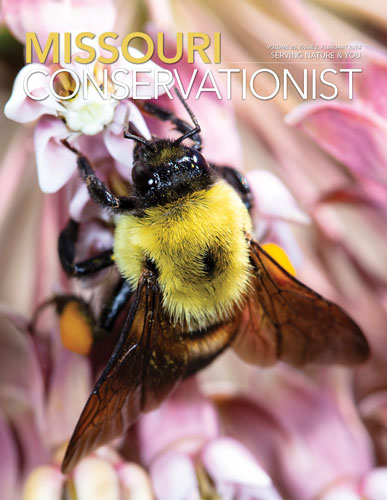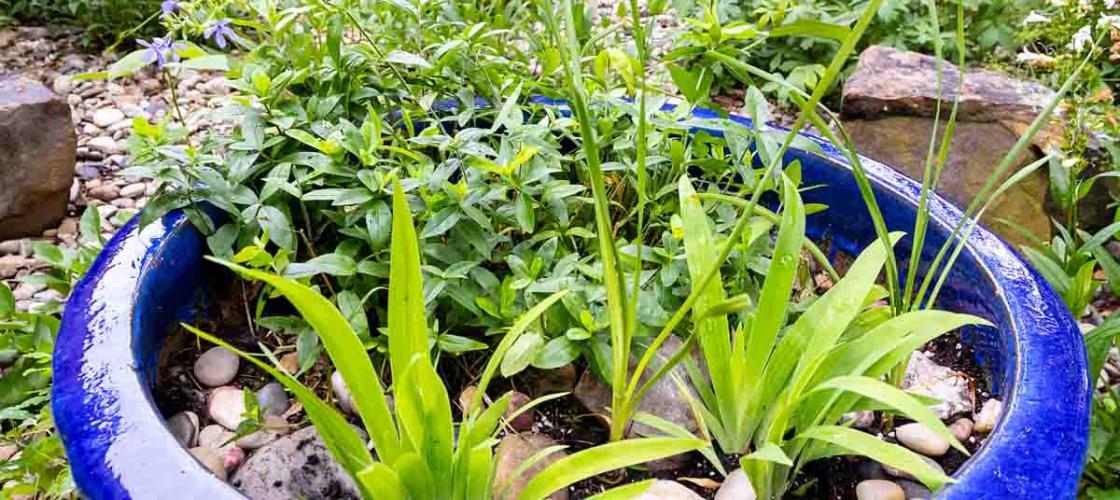
In recent years, the trend toward replacing manicured lawns and exotic ornamental flowers with native plants has picked up traction. Led by natives’ positive effects on pollinators and nature in general, their benefits have convinced many property owners to rethink their gardening.
And while gardens — or acres — of native flowers can have a tremendous effect on nature, what is one to do who has a balcony instead of a backyard or a patio instead of a pasture?
“Even if you have a small space, you can still help nature by having planted container gardens with native plants, especially since our native pollinators prefer our native flowers, then you’re helping even more by having those food supplies there,” said MDC Native Landscape Specialist Alix Daniel.
According to Daniel, success in container gardening rests on three elements: the right place, the right pot, and the right plant.
The Right Place
Just as one would with in-ground gardening, familiarity with the available sunlight will strongly influence the likely success of one’s container garden.
“It all starts the same way,” said Cydney Ross, outdoor education program manager for Deep Roots KC, a Kansas City-based not-for-profit that promotes the use of native plants in landscaping. “It’s about the site assessment, it’s about knowing the right plant for the right place. I always talk about the importance of just really spending the time to get to know your space because those observational notes — like what time of day is the sunlight hitting your space — are going to inform your planting choices.”
Most plants are classified as needing either full sunlight, part sunlight, part shade, or full shade. A sun survey — taking an hourly look at your available space sometime during mid-June and noting how much sun it gets — provides the best estimate, but south-facing spaces, such as balconies, typically get full sun, while north-facing ones are more likely to be full shade.
Less obvious are terms like part sun and part shade, said Daniel.
“There is a difference between part shade and part sun,” she said. “Part shade is four hours-ish of morning sunlight followed by afternoon shade. Part sun gets its shade in the morning, and it gets that hot afternoon sun, probably around four hours.”
The Right Pot
A walk down an aisle of any gardening or home improvement store will quickly provide a person with a dazzling assortment of flowerpots of every shape, size, and material (See The Right Plant for the Right Pot and Place).
As the pots increase in size, the number of appropriate plants for those pots also increase. Also, plants that can thrive in small pots can also work in larger pots, but the opposite is not true — plants requiring larger pots do not do well in smaller pots. The space available will generally help make the decision.
And while pots come in a variety of materials, including clay, plastic, and metal, Ross has her favorite.
“Terracotta is your best bet,” she said. “I would say unglazed terracotta is going to be your best bet. The problem with ceramic glazed pots is they’re usually glazed on the outside, and when they get that moisture and then freeze, they’re going to crack.”
The Right Plant
Once a location and pot are chosen, it is time to go shopping for plants. Staff at a native plant nursery can help you pair your available sun and pot space with the right plant. To find a native plant nursery near you, visit the Grow Native! website at grownative.org.
Familiarity with Missouri’s various habitat types also helps in choosing plants for containers. Daniel and Ross both suggest glade species for smaller containers, while prairie species, with their deeper root systems, require larger pots.
“When you go out into a glade, it is usually rocky and it has very shallow soil,” Ross said. “So, the plants that naturally grow there can handle dry, rocky, shallow soil and heat. And that’s very similar to the conditions of a pot. Especially a small pot.”
“And I love fame flower because it’s literally a succulent, and I think a lot of people have either tried succulents before or are familiar,” Daniel added. “So, it’s a really easy plant to take care of.”
The Grow Native! website’s native plant database also allows you to search for plants recognized as working well in containers. It also allows you to search by available sunlight and other factors, such as color, season of blooming, and the type of nature the plant attracts.
The Right Plant for the Right Pot and Place
(As suggested by the naturalists at The Anita B. Gorman Conservation Discovery Center)
Small Pot: Holds up to 3 gallons (.46 cubic feet) of soil
- Full Sun: Fame flower (Phemeranthus calycinus)
- Part Shade/Part Sun: Golden groundsel (Packera obovata); Pussytoes (Antennaria parlinii)
- Shade: Little flower alumroot (Heuchera parviflora)
Medium Pot: Holds up to 5 gallons (.69 cubic feet) of soil
- Full Sun: Eastern prickly pear (Opuntia humifusa)
- Part Shade/Part Sun: Meadow anemone (Anemone canadensis); Yarrow (Achillea millefolium)
- Shade: Woodland phlox (Phlox divaricata)
Large Pot: Holds up to 10 gallons (1.5 cubic feet) of soil
- Full Sun: Missouri coneflower (Rudbeckia missouriensis)
- Part Shade/Part Sun: Blue mistflower (Conoclinium coelestinum); Thread-leaved bluestar (Amsonia ciliata)
- Shade: Woodland pinkroot (Spigelia marilandica)
The Right Plan
One of the main benefits of gardening with natives is that once established, they require much less maintenance than nonnatives. Unfortunately, that characteristic doesn’t necessarily transfer to natives in containers.
Mervin Wallace, owner of Missouri Wildflower Nursery, Jefferson City, has been growing native plants in containers nearly 20 years as a way to display mature plants. In addition to choosing the right container, Wallace suggests special attention to several elements of container gardening: soil, fertilizer, watering, and winter care.
While Wallace uses a potting soil made of a mix of rice hulls, pine bark, compost, and Turface (a commercial soil additive), he’s also seeing success with regular topsoil, he said.
“And I think I’m learning that real dirt is pretty important,” he said. “Normally you don’t think of using real dirt in a pot, but it’s working in these big containers.”
And regardless of soil in the pot, it will settle to the point where more is needed, he added.
“So, when you’re growing native plants in pots over time, one of the things you have to do is add soil.”
He also noted that new soil should be added to the bottom of the pot, requiring the plant to be removed, soil added, and the plant repotted.
Because potted plants lose nutrients over time, keeping plants healthy over several seasons requires occasional fertilization, he said.
“Fertilizer’s important because your pot is a closed system, and the plant’s using nutrients out of that soil,” he said. “They don’t need a lot, but they need some.”
Container-grown natives require more attention when it comes to watering. Wallace suggests avoiding a set schedule and basing your watering on the plant, pot size, and weather. Smaller pots require more frequent watering than large pots, but even that is influenced by the type of plant in the pot. For example, glade species, such as fame flower (Talinum calycinum) and eastern prickly pear cactus (Opuntia humifusa), do well in small pots, but are accustomed to drier conditions, so they require less watering.
Just like their in-ground counterparts, container-grown natives are accustomed to Missouri winters, so they are fine to be left on the ground outside, where the occasional rain or snow should be sufficient to keep them going until spring, he said. Species that are more common to southern Missouri might benefit from overwintering in an unheated garage or insulated under a pile of leaves.
The Right Perspective
After one becomes comfortable with natives in containers, it’s an easy step to expand to multiple species in a single pot or even water plants.
And while a few containers with natives may not have the same effect as a garden in the yard or fields of wildflowers, the benefits are still there, Wallace said.
“It’s a small token, granted, but it does happen, and you get to see not just the flower, but you get to see what visits it — the interaction of you and nature and nature with nature.”
Containers offer native plant options for limited landscapes.
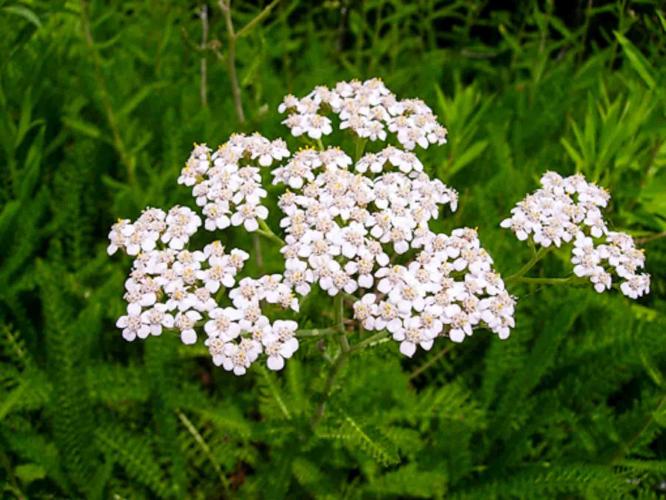
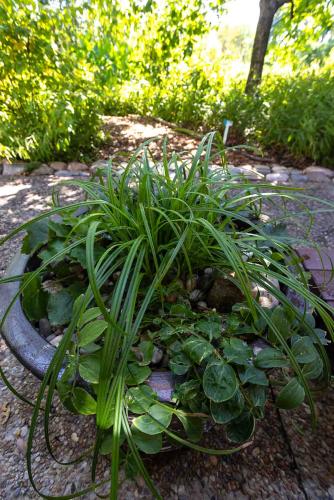
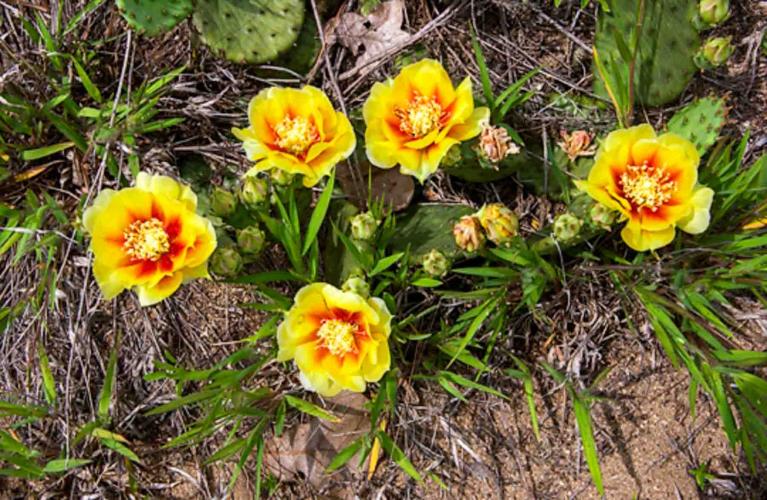
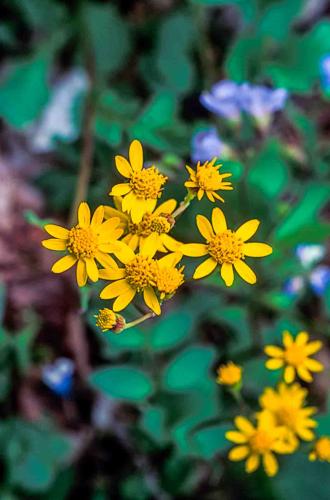
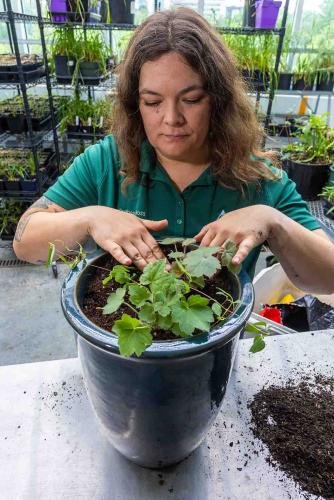
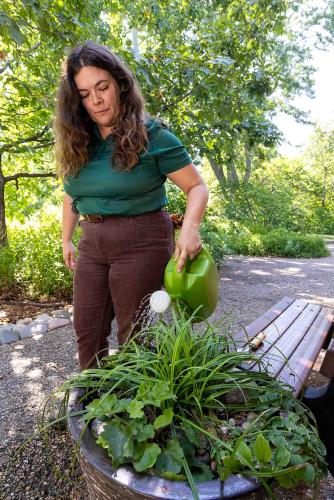
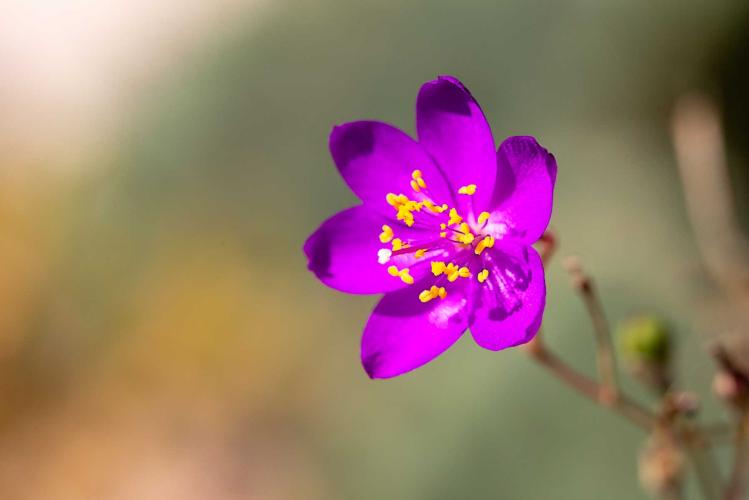
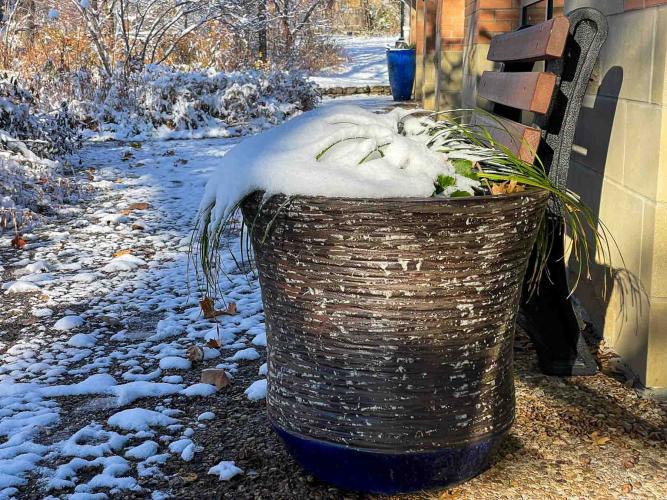
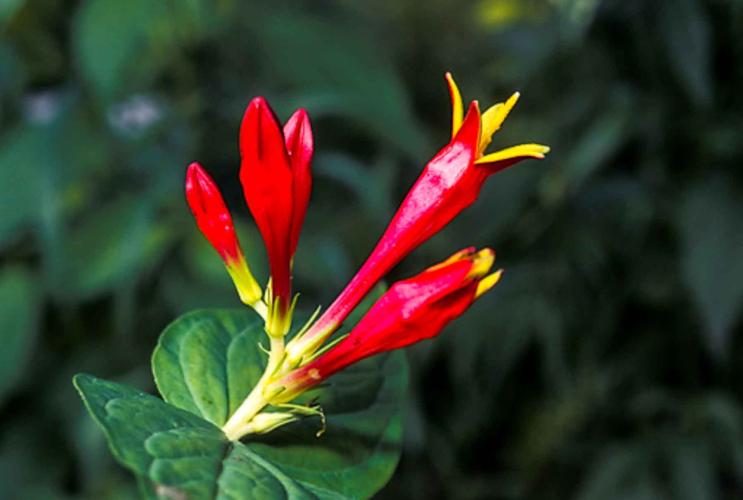
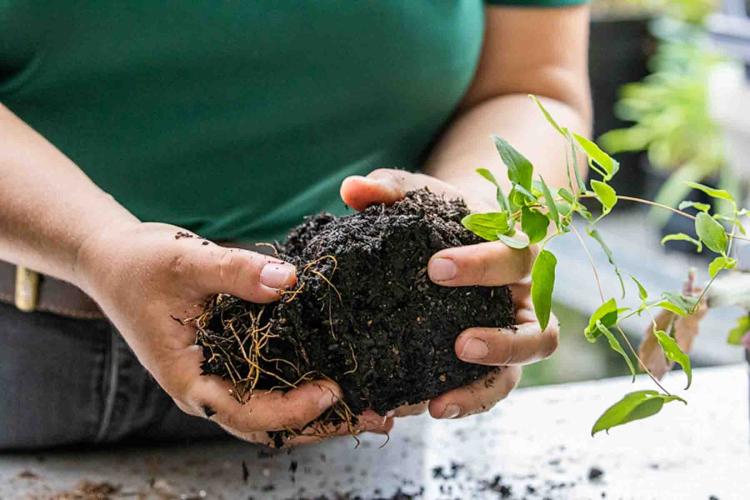
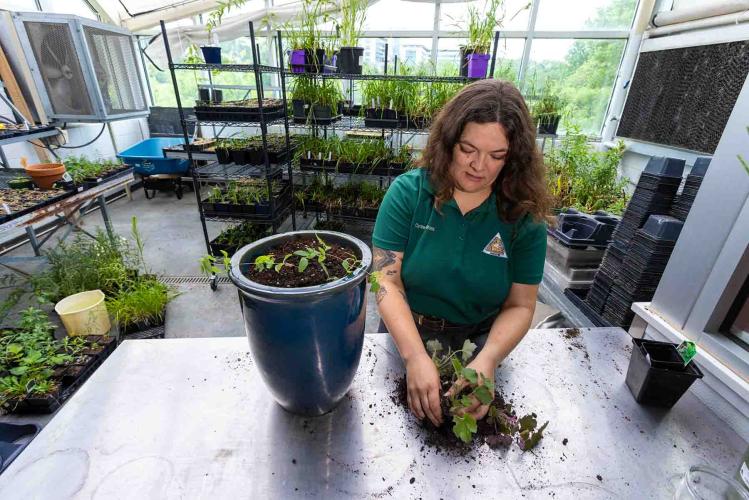
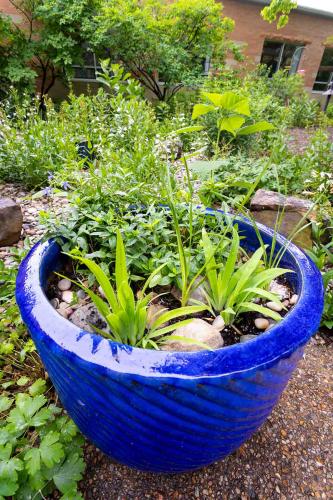
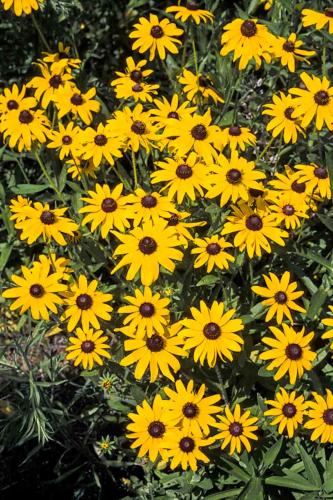
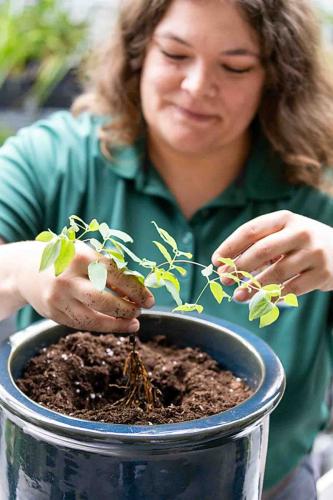
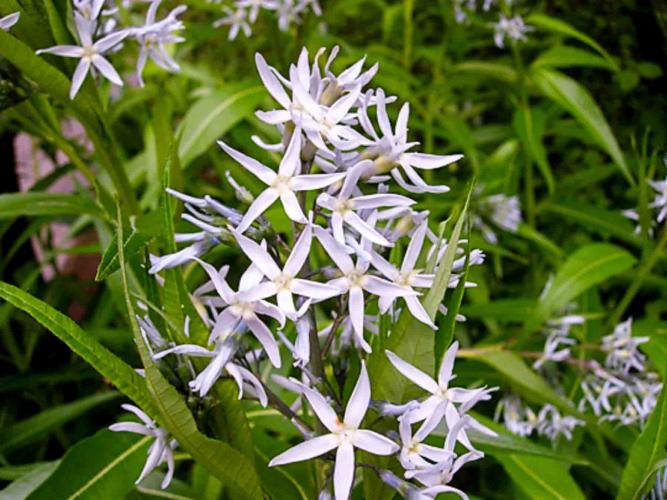
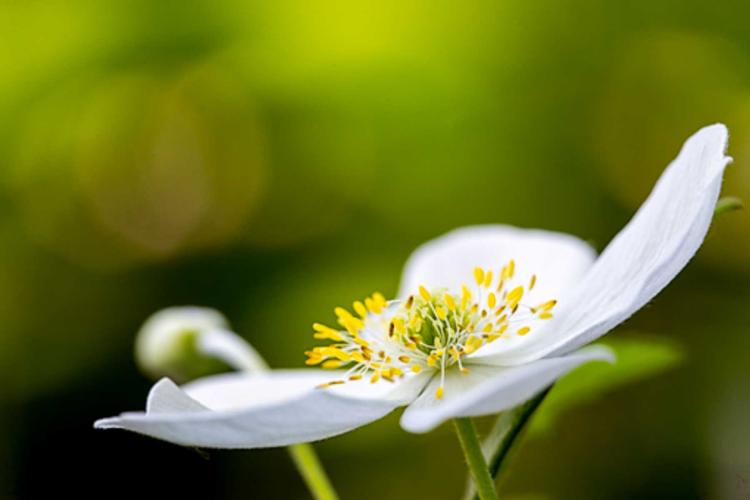
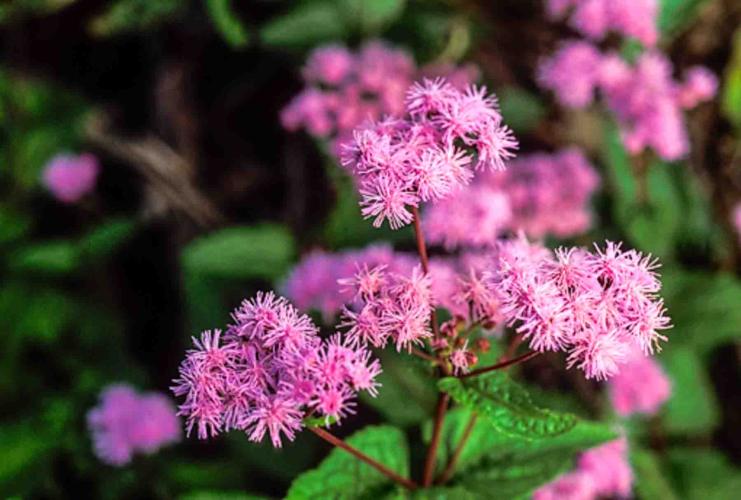
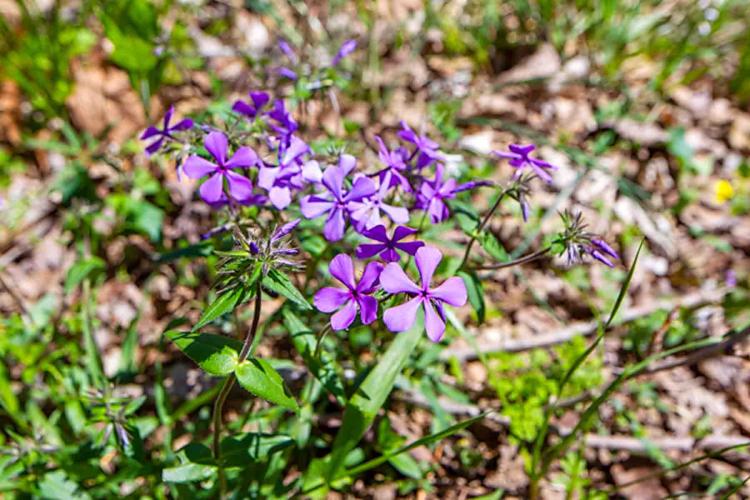
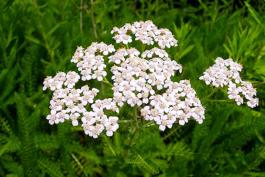
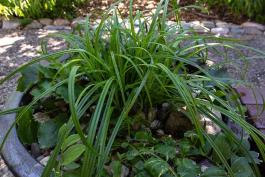
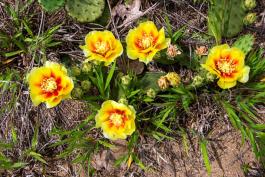
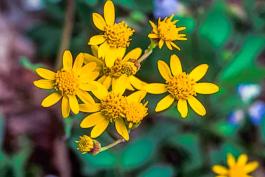
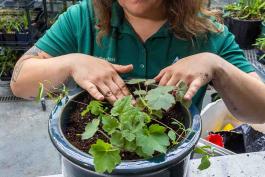
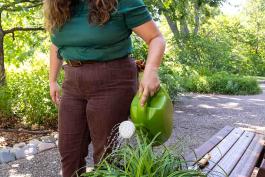
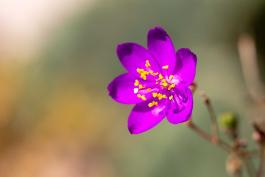
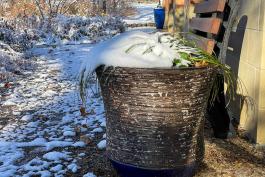
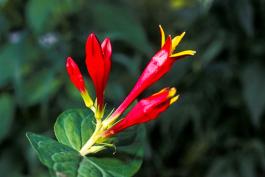
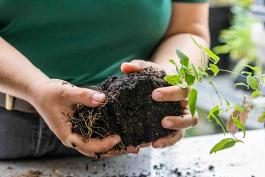
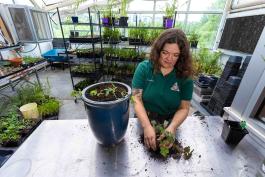
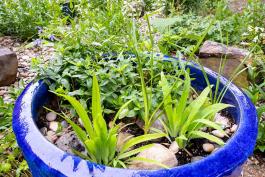
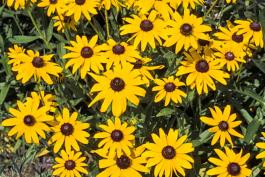
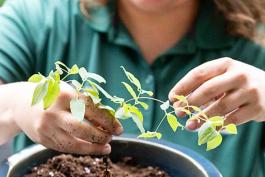
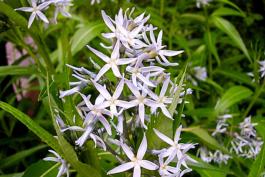
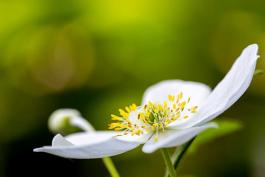
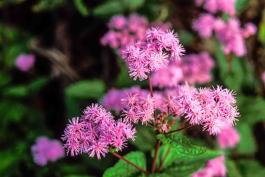
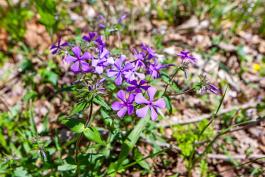
Also In This Issue
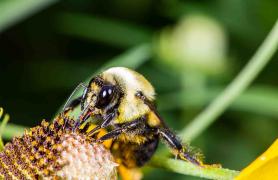
Bumble Bee Atlas improves understanding, conservation of threatened species.
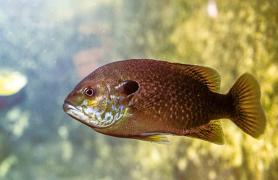
MDC’s warm-and cold-water hatcheries keep Missouri’s waterways stocked.
And More...
This Issue's Staff
Editor - Angie Daly Morfeld
Associate Editor - Larry Archer
Photography Editor - Cliff White
Staff Writer - Kristie Hilgedick
Staff Writer - Joe Jerek
Staff Writer – Dianne Van Dien
Designer - Shawn Carey
Designer - Marci Porter
Photographer - Noppadol Paothong
Photographer - David Stonner
Circulation – Marcia Hale






















